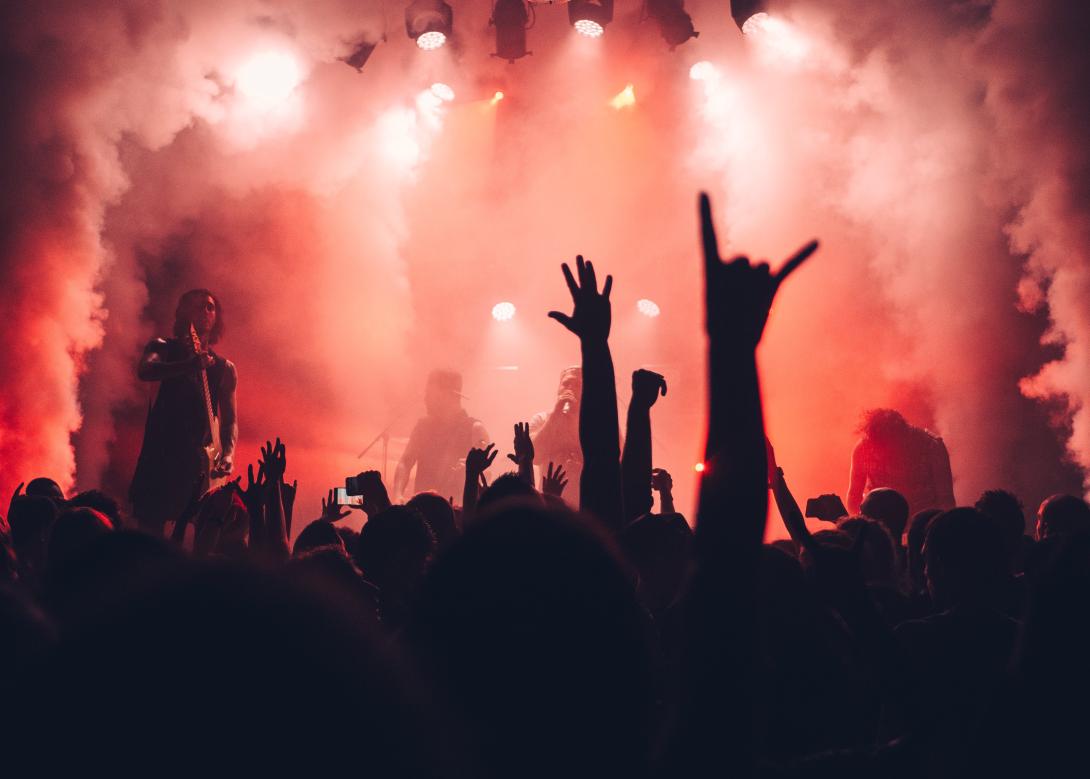
A new year is also the perfect opportunity to rethink certain relationships, like the one we have with alcohol. This probably explains why 15% of Americans joined in with Dry January last year.
Healthy hedonism is one of the key trends we’ve identified in our TRNDS 2024 report, Event annual trend forecasting guide — and younger eventgoers are leading the way.
In our survey, 54% of 21- to 35-year-olds in the U.S. said they’d find an event offering zero-proof and low-alcohol drink options appealing, with 64% of those respondents willing to pay a higher ticket price for these events.
In fact, low- and no-alcohol events grew globally by 73% on the Event platform between January and September 2023, compared to the same period in 2022 — and the sober-curious trend shows no sign of slowing down.
“I think 2024 Dry January will be the biggest yet,” says Elizabeth Gascoigne, who runs Absence of Proof’s alcohol-free pop-up events in cities across the US. “I’m excited to see more mainstream venues, bars, and restaurants carrying non-alcoholic options throughout the rest of the year.”
You don’t have to be operating exclusively in the sober space to dabble in no- and low-alcohol options, but considering the needs of this growing community will help future-proof your events by making them more accessible.
“The biggest aspect that no/low beverages bring to an event is inclusivity,” says Gascoigne. “I’ve talked with countless people who have told me that they don’t even want to be drinking at events, but there are no non-alcoholic options.”
We spoke to event organizers running successful events to get their top tips on embracing the sober-curious trends — and winning over this growing community.